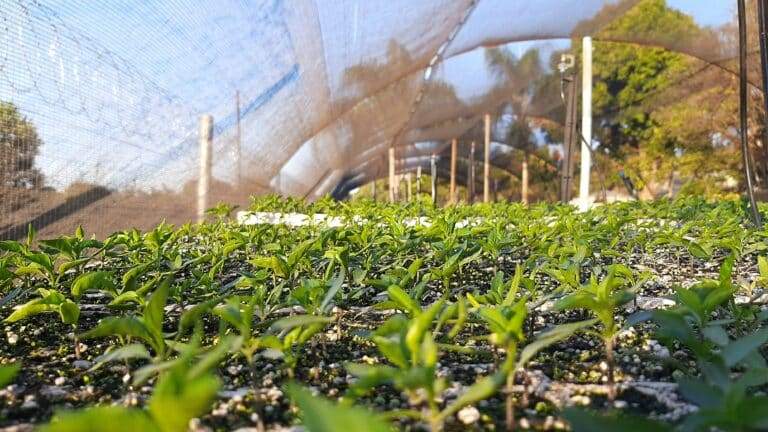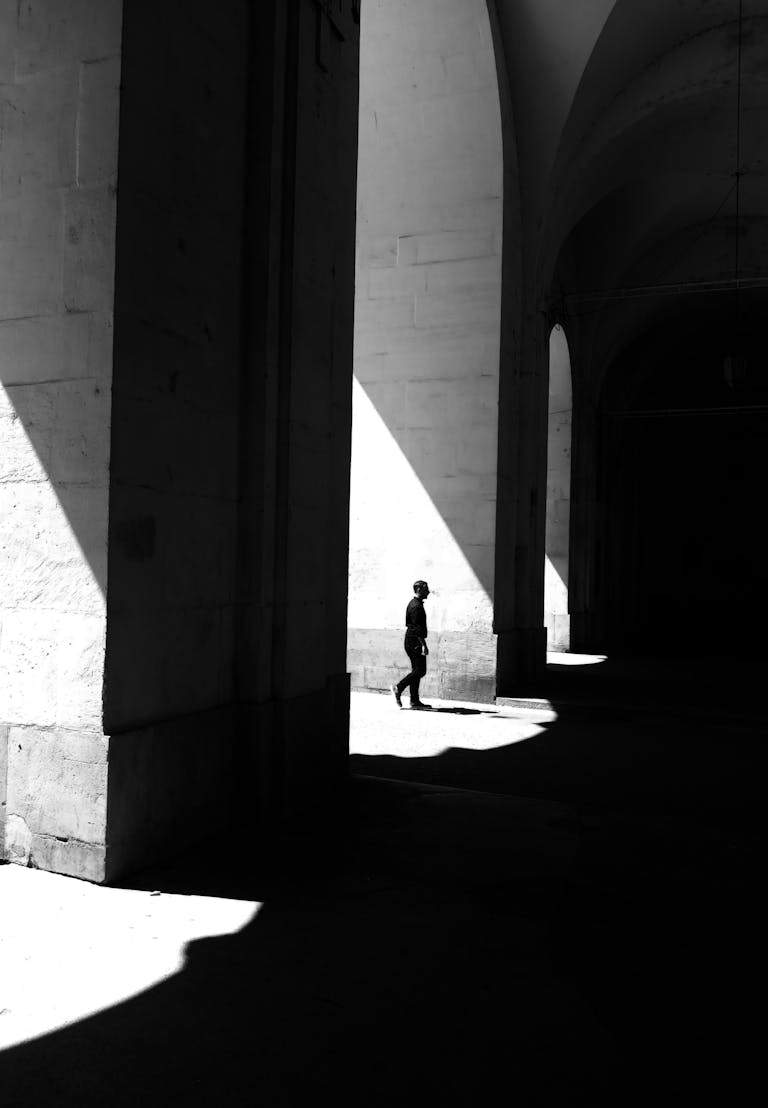The Top Sustainable Buildings of 2024: Architectural Marvels Driving a Greener Future
In an era where sustainability is more than just a trend, some buildings across the globe have emerged as paragons of green architecture. These structures embody an innovative blend of design, technology, and environmental consciousness, proving that our built environment can co-exist harmoniously with nature. Here’s a look at some of the most sustainable buildings of 2024, each contributing uniquely to a greener world.

1. Powerhouse Brattørkaia, Trondheim, Norway
- Location: Trondheim, Norway
- Completed: 2019
- Features: Powerhouse Brattørkaia is a stellar example of energy-positive construction. Located in the Norwegian city of Trondheim, this office building produces more energy than it consumes over its entire lifespan, including during the production of building materials, construction, and deconstruction. Equipped with solar panels that generate 485,000 kWh annually, this building actively contributes to the local power grid, setting a high bar for what the future of sustainable architecture can look like.
- Design Insight: The building’s unique sloping roof is designed for optimal solar energy capture, while its insulation ensures that energy demand is minimized. The smart systems for temperature regulation and energy monitoring have proven that buildings can be a net positive for the environment.

2. The Edge, Amsterdam, Netherlands
- Location: Amsterdam, Netherlands
- Completed: 2015
- Features: Widely recognized as one of the “smartest buildings” globally, The Edge has maintained its place as a benchmark for sustainability well into 2024. Awarded a 98.36% BREEAM sustainability score, it is a key example of how technology can drive green architecture forward.
- Sustainable Features: The Edge uses LED lighting powered by a network of 28,000 sensors to track movement, light levels, temperature, and humidity. These sensors automatically adjust the building’s environment, cutting energy use by up to 70% compared to traditional office structures. The integration of rainwater harvesting systems also helps minimize water consumption, while solar panels on the roof power a significant portion of the building’s energy needs.
3. Bosco Verticale, Milan, Italy
- Location: Milan, Italy
- Completed: 2014
- Features: Bosco Verticale, or the “Vertical Forest,” is a visionary residential development that integrates nature into urban life. Each of the two towers is covered with over 20,000 trees, shrubs, and flowering plants, providing a total of 50,000 square meters of plant coverage, equivalent to a hectare of forest.
- Environmental Impact: The vegetation contributes to air purification, produces oxygen, and creates a natural sound barrier. The building maintains its biodiversity by attracting over 1,600 species of birds and insects. These towers symbolize how greenery can be integrated into urban environments to combat pollution and enhance residents’ quality of life. Bosco Verticale remains a beacon for cities worldwide trying to increase biodiversity and combat the urban heat island effect.
4. One Central Park, Sydney, Australia
- Location: Sydney, Australia
- Completed: 2014
- Features: One Central Park is a mixed-use development characterized by its striking green wall and innovative sustainable design. The building features a vertical garden developed by botanist Patrick Blanc, boasting 250 different plant species across 1,200 square meters of green façade.
- Technology Integration: The building also features automated sun-tracking mirrors, which reflect light deep into the residential units to reduce the need for artificial lighting. The inclusion of renewable energy systems, such as a tri-generation power plant and a blackwater recycling plant, has led to a 25% reduction in energy use compared to conventional buildings.
5. Punggol Digital District (PDD), Singapore
- Location: Singapore
- Scheduled Completion: 2024
- Features: Singapore’s first smart district, Punggol Digital District, is being designed to be a model for urban sustainability in the country. PDD integrates energy-efficient buildings, solar panels, and a centralized district cooling system that lowers energy consumption.
- Green Goals: The district aims to achieve net-zero energy, setting a precedent for large-scale urban developments. The public spaces are designed for walkability, with shared green areas fostering community interaction. The buildings are expected to achieve Green Mark Platinum, Singapore’s highest environmental rating, ensuring that the district’s carbon footprint remains minimal.
Conclusion
The year 2024 has seen a continuation of the trend towards energy-efficient, eco-friendly, and smart architecture. From Norway’s Powerhouse Brattørkaia to Singapore’s Punggol Digital District, these sustainable buildings demonstrate the potential of blending technology with green principles. They are pioneering the movement towards sustainable living, minimizing the impact of construction on the environment, and offering a blueprint for the future of urban development.
These exemplary buildings embody not just advancements in architecture, but a change in mindset—one that views sustainability as an integral part of design, construction, and urban living. As the world continues to battle the climate crisis, such architectural innovations are leading the way towards a more sustainable and harmonious future.





